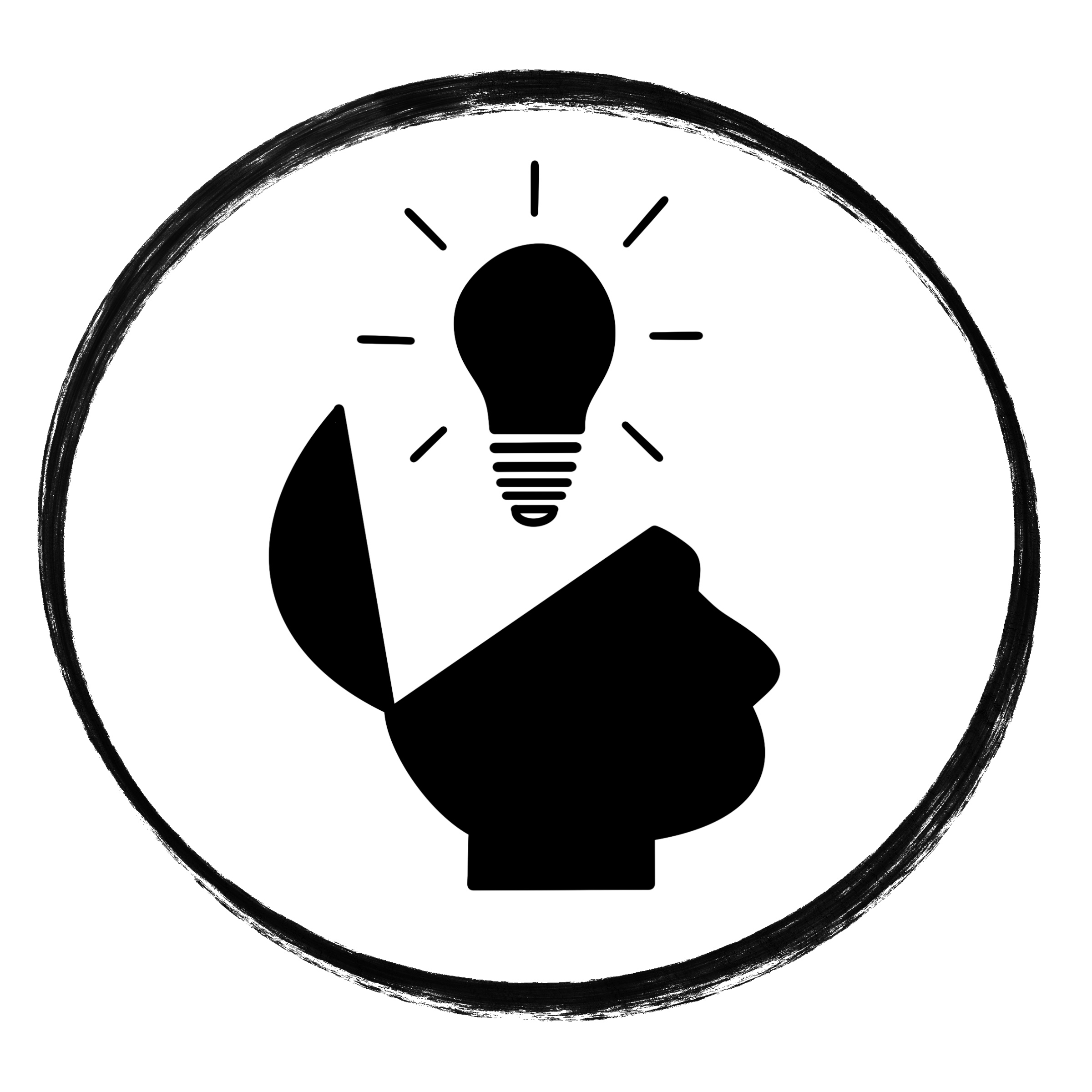Universal Design for Learning (UDL) Overview
Universal Design for Learning (UDL) is an educational framework that aims to create flexible learning environments that accommodate the diverse needs of all students. By integrating UDL principles, educators can design courses and instructional materials that offer multiple means of engagement, representation, and expression. This approach not only supports students with varying learning styles and abilities, and also enhances overall teaching effectiveness.

Key Concepts
Multiple Means of Engagement
Engage learners by stimulating their interests, offering them choices, and creating environments that are motivating and supportive. By considering the varied preferences and emotional connections of learners, this principle helps maintain their motivation and perseverance.
Multiple Means of Representation
Present information in different ways to address the diverse sensory and cognitive needs of learners. This principle helps ensure that all students with multiple learning styles can perceive, understand, and internalize the material.
Real-Life Examples
- Teaching and Learning: Guiding students to find real-world examples and case studies that relate to both the content and their future career paths.
- Staff: Providing options to participate in training sessions in various formats, such as in-person workshops, live webinars, or self-paced online courses.
Real-Life Examples
- Teaching and Learning: Using a combination of text, videos, diagrams, spoken explanations, and hands-on manipulatives to teach a concept.
- Staff: Providing manuals and policy updates through both live workshops, written documentation, and interactive online modules.
Multiple Means of Action and Expression
Provide learners with various options for demonstrating what they know, accommodating different abilities and preferences. This principle supports the development of strategic skills and allows students to express their understanding in ways that align with their strengths.
Real-Life Examples
- Teaching and Learning: Offering students different assignment options aligned to a common rubric, such as a presentation, essay, or creative project.
- Staff: Encouraging staff to complete required training by engaging in role-playing scenarios, taking quizzes, or working on collaborative projects enables them to demonstrate their learning in ways that suit their skills and work styles.
UDL Digital Badge @ MC
Overview The Universal Design for Learning (UDL) Digital Badge at Montgomery College is a unique opportunity for educators to deepen their understanding and application of UDL principles. This program is designed to help faculty and staff develop the skills necessary to create more inclusive, engaging, and effective learning environments.
Why Pursue the UDL Badge? The UDL Badge represents a deep mastery of Universal Design for Learning principles and a commitment to inclusive practices. Earning this badge equips educators and staff with tools to support diverse learners more effectively, allowing them to work smarter while increasing their impact. It enhances professional credentials and contributes to a more accessible and inclusive college environment.
Program Prerequisites Before enrolling in the UDL Badge program, participants must pass a 20-question prerequisite quiz with a score of 85% or higher. This ensures a solid foundational understanding of UDL principles, setting the stage for deeper exploration. For those needing to build or refresh their knowledge, we recommend reviewing the resources available here on the UDC website.
Program Description Participants embark on a self-guided learning experience, following a competency-based rubric that requires action planning, creating and implementing, and self-assessment. The rubric includes the following UDL-related content areas: Decision Making; Planning and Organization; Facilitation and Engagement; Caring and Inclusiveness; and Flexibility and Adaptability.
Interested? Visit Microcredentials at MC | Montgomery College, Maryland
Contact: Paul Miller, Professional Development Director, paul.miller@montgomerycollege.edu
Resources
Fall 2024 Spotlight: Lesson Planning & Assessment Strategies
UDL-friendly lesson plans incorporate flexible content delivery, varied assessments, and multiple engagement strategies, allowing students to learn in ways that match their strengths and needs. This approach not only fosters better classroom experiences and improved learning outcomes but also minimizes the need for on-the-spot adjustments by instructors, making the teaching process more efficient and inclusive.
CAST UDL Guidelines 3.0
“The UDL Guidelines are a tool used in the implementation of Universal Design for Learning, a framework developed by CAST to improve and optimize teaching and learning for all people based on scientific insights into how humans learn. The goal of UDL is learner agency that is purposeful & reflective, resourceful & authentic, strategic & action-oriented.” (https://udlguidelines.cast.org/)
Articles
Gannon, K. (2024, August 19). How to Create a Syllabus. The Chronicle of Higher Education.
Heelan, A., Halligan, P., & Quirke, M. (2015). Universal Design for Learning and Its Application to Clinical Placements in Health Science Courses (Practice Brief). Journal of Postsecondary Education and Disability, 28(4), 469-479.
Rose, D. H., Harbour, W. A., Johnston, C. S., Daley, S. G., & Abarbanell, L. (2006). Universal design for learning in postsecondary education: Reflections on principles and their applications. Journal of Postsecondary Education and Disability, 19(2), 135-151.
Rose, D. H., Meyer, A., Strangman, N., & Rappolt, G. (2002). Teaching Every Student in the Digital Age: Universal Design for Learning. Alexandria, VA: Association for Supervision and Curriculum Development/ASCD.
Silverstein, L. B., Duma, A., & Neal, K. (2020, January 14). Arts Integration and Universal Design for Learning. Kennedy Center.
Books
Addy, T.M., Dube, D., Mitchell, K.A., & SoRelle, M. (2021). What Inclusive Instructors Do: Principles and Practices for Excellence in College Teaching (1st ed.). Routledge.
Duckworth, A. (2016). Grit: The Power of Passion and Perseverance. Scribner.
Ralabate, P. K., & Berquist, E. (2020). Your UDL journey: A systems approach to transforming instruction. CAST Professional Publishing.
Tobin, T. J., & Behling, K. T. (2018). Reach Everyone, Teach Everyone: Universal Design for Learning in Higher Education. West Virginia University Press.
Videos
Universal Design for Learning—A Paradigm for Maximum Inclusion by Terence Brady. TEDxWestFurongRoad 2017.
Why We Need Universal Design by Michael Nesmith. TEDxBoulder 2016.
MC’s Office of CTL (Center for Teaching and Learning)
UDC – UDL Practical Classroom Strategies
UDC – Student Interests, Preferences, Learning Styles Survey (Template)
CTL- The HUB – Instructor Resources
Subscribe to our newsletter
Keep up-to-date with all the latest UDC news, delivered monthly. Subscribe today!
